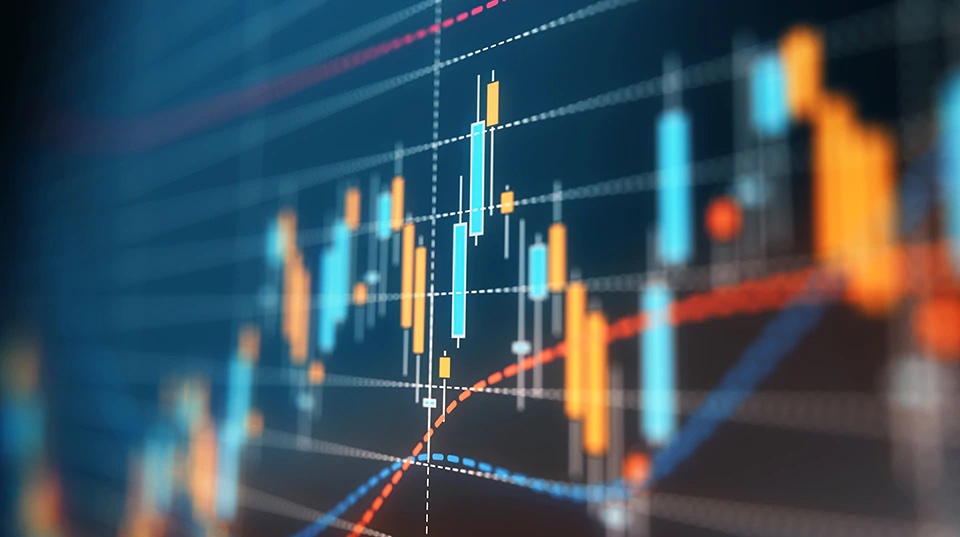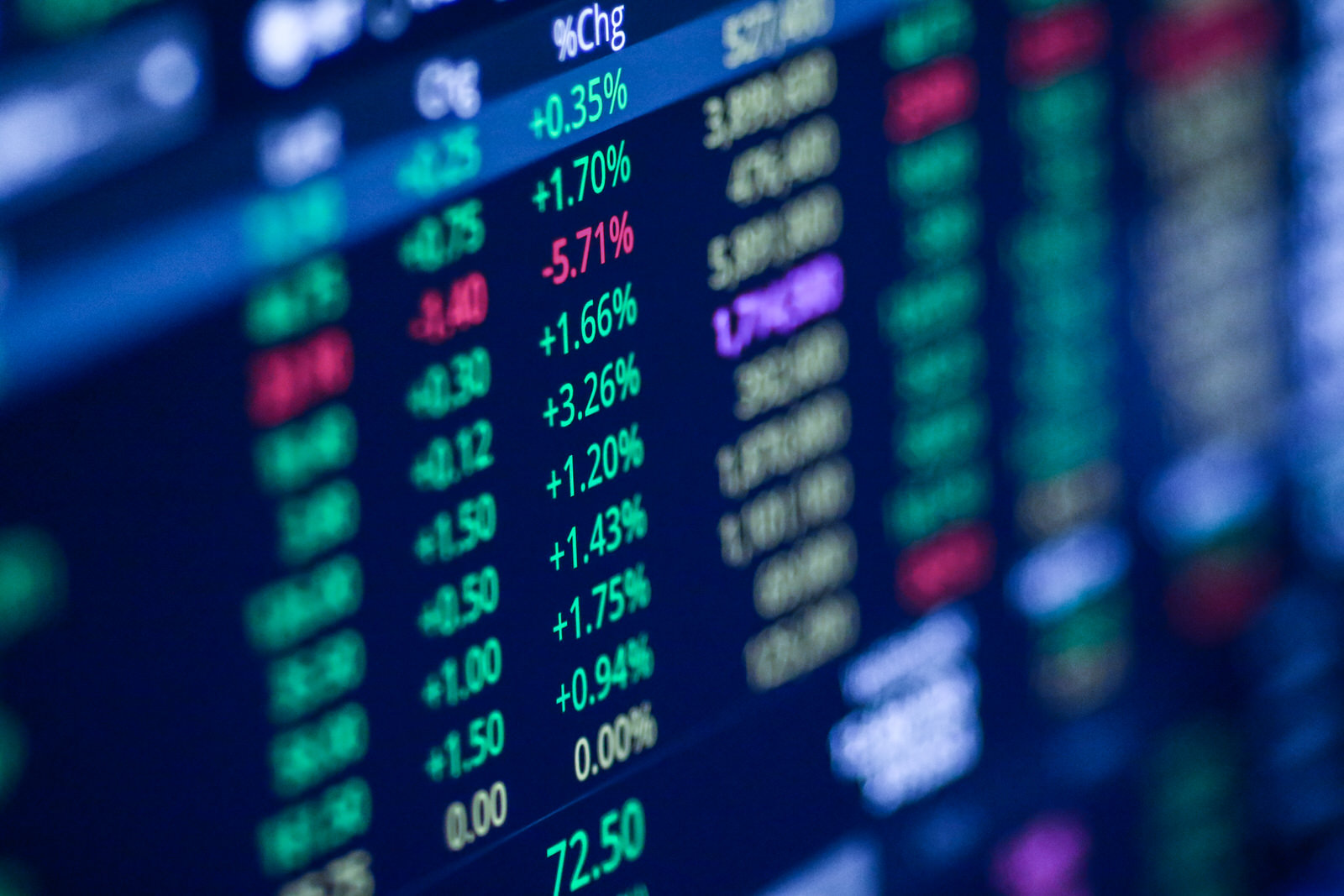by Liz Ann Sonders, Chief Investment Strategist, Charles Schwab & Company Ltd.
Key Points
- Goods-oriented retail sales have staged a full V-shaped recovery, and then some … but services consumption is another story.
- Inflation concerns are elevated; but cyclical “price shocks” would likely only give way to systemic inflation if labor market slack diminishes significantly.
- Stimulus has been, and will continue to be, a fillip to consumption; but there are reasons we shouldn’t extrapolate the coming surge in growth.
To V or not to V … that is the question
Two key economic releases last week fueled enthusiasm about the economic recovery; but it continues to be the goods side of the economy that’s been humming … not so much the services side. Case in point were the industrial production and retail sales releases. As you can see in the chart below, industrial production continues to improve; with the increase in January the fourth in a row. Although the year-over-year change is not back in positive territory, upcoming months’ comparisons will be against last year’s lockdown phase of the pandemic, so a swift move back into positive territory is a near-given.
Industrial Production Up, But Still in Negative Territory

Source: Charles Schwab, Bloomberg, as of 1/31/2021.
Retail sales was even more of a stand-out—significantly besting even the most optimistic of economists’ estimates. As seen below, retail sales are the poster child for V-shaped recoveries—with the year-over-year change now above pre-pandemic levels. In fact, in nominal terms, retail sales hit a new record high in January—no doubt helped by the latest round of $600 fiscal relief checks which began arriving the month prior. The recent strength is probably a preview of what’s to come after the passage of the “American Rescue Plan” currently being negotiated in Congress. The strength of the stock market has also represented “feedstock” for consumption. The only other times that retail sales beat expectations by so much were last June (coming out of the lockdown phase) and in November 2001 (after 9/11).
Retail Sales’ Full V Recovery

Source: Charles Schwab, Bloomberg, as of 1/31/2021.
The “breadth” of the report was perfect; with all retail sales’ categories higher on a month-over-month basis. Shown below are the categories’ year-over-year growth. Perhaps not surprising, food services, clothing and gasoline are bringing up the rear. Afterall, we’ve been dining out less, having video meetings with sweats and slippers on the bottom, and spending more time at home than in our cars. Also not surprising is online (nonstore) being in the lead.
Online Dominating Retail Sales’ Categories

Source: Charles Schwab, Bloomberg, as of 1/31/2021.
Most of the explanation around retail sales’ robust recovery is that it’s largely a goods-based economic indicator—with food services the only services-related category. You can see in the chart below the stark difference in the recovery of retails sales with and without that single services category.
Retail Sales’ Goods-Based Recovery

Source: Charles Schwab, Bloomberg, as of 1/31/2021.
Since retail sales represents mostly goods-based consumption, we can utilize other metrics to gauge whether the most damaged sectors of the economy are seeing anything resembling V-shaped recoveries. As seen below, the answer is a decided no—particularly when looking at restaurant reservations, TSA travelers and hotel occupancy.
Dining Out/Traveling Still Depressed

Source: Charles Schwab, Bloomberg, STR, as of 2/19/2021.
Housing on fire
Existing home sales have clearly staged a V-shaped recovery, as seen below. There were only about a million homes for sale in the United States at the end of January—a 26% drop from a year ago. At the pace of current sales, there is now less than two months’ worth of supply, which is the lowest on record since 1982. This lack of supply continues to push prices higher, with the median price of an existing home sold in January at nearly $304k—a 14.1% year-over-year increase, and the highest January price ever recorded.
Home Sales’ Epic Surge

Source: Charles Schwab, Bloomberg, as of 1/31/2021.
There was one blemish in recent data. Housing starts fell much more than expected in January; while the prior two months were also revised lower. However, building permits—which lead housing starts—jumped more than 10%, to the highest level since May 2006.
Stronger Permits Bodes Well for Starts Rebound

Source: Charles Schwab, Bloomberg, as of 1/31/2021.
The miss by housing starts likely reflects the recent spike in lumber prices, which homebuilders cited as a primary concern in the latest NAHB/Wells Fargo Housing Market Index. That said, builder confidence remains near a record high, which bodes well for an eventual pick-up in housing starts. Homebuilder sentiment, as measured by the Housing Market Index (HMI), has proven over the years to be an excellent forward indicator of the unemployment rate. If past correlations are extrapolated (perhaps not advisable), the current level of the HMI suggests the unemployment rate could be back below 4% by the middle of next year.
Homebuilder Sentiment Takes Breather

Source: Charles Schwab, Bloomberg, as of 2/28/2021. NAHB=National Association of Home Builders.
Labor market data less V-shaped
Not only have payrolls disappointed in the past couple of months, the acceleration off last spring’s epic trough still leaves them nearly 10 million shy of pre-pandemic levels, as you can see below.
Payrolls’ Rebound Stalls

Source: Charles Schwab, Bloomberg, Bureau of Labor Statistics (BLS), as of 1/31/2021.
Initial claims for unemployment insurance rose again last week. While they are currently a fraction of what they were during the worst phase of the pandemic, they have not made much headway over the past couple of months. Continuing claims (which reflect firings and hirings) have also experienced a noticeable increase over the past month. At the same time, the total number of individuals receiving some form of unemployment assistance (including pandemic and emergency income replacement) remains astronomically high at 18.3 million as of January.
Unemployment Claims’ Disconcerting Deterioration

Source: Charles Schwab, Bloomberg, Bureau of Labor Statistics. Initial claims as of 2/13/2021. Continuing claims as of 2/6/2021.
Both initial and continuing unemployment claims are key components of the New York Federal Reserve’s Weekly Economic Index, shown below. As you can see, after staging an impressive ascent off last year’s epic trough, it has recently rolled over. The descent has been driven not only by the aforementioned jump in unemployment claims, but also a recent decline in rail traffic—both of which were substantial enough to offset increases in retail sales and tax withholdings. Those weaker components have been accompanied by still-depressed consumer confidence.
WEI’s Stalled Ascent

Source: Charles Schwab, Bloomberg, as of 2/13/2021.
Confidence dispersion
As noted above, consumer confidence helped dent the WEI. In particular, consumers’ assessment of current business and labor market conditions fell in January; although expectations about the future outlook improved. The percentage of consumers saying jobs are “plentiful” declined last month; while those claiming jobs are “hard to get” rose.
Consumer Confidence Shows No Recovery

Source: Charles Schwab, Bloomberg, The Conference Board, as of 1/31/2021.
In contrast to consumers’ more dour near-term view—and perhaps because of a rapidly-improving corporate earnings outlook—CEO confidence has improved to a near-record high—and significantly higher than at any point during the 2009-2020 economic expansion.
CEO Confidence Shows Full Recovery

Source: Charles Schwab, FactSet, The Conference Board, as of 1Q2021.
Is inflation next?
The Producer Price Index (PPI) for final demand surged a record 1.3% month-over-month in January—well above expectations—with core PPI up 1.2% month-over-month (also a record). The chart below shows the year-over-year changes; bringing headline and core readings back to pre-pandemic levels (PPI data only goes back to 2011). As noted above, fiscal relief has boosted demand to a degree that has overwhelmed supply, which continues to be hampered by pandemic-related supply chain problems and delivery bottlenecks. Higher Medicare reimbursement rates were a contributor to the lift in consumer services prices. We have consistently shared our view that “price shocks” are likely to continue as the economy fully opens—however, those should be distinguished from the kind of systemic wage-price inflation experienced from the mid-1970s to the early-1980s.
Producer Prices Surge

Source: Charles Schwab, Bloomberg, as of 1/31/2021.
The follow-through of PPI to consumer prices is not a given—either now, or historically. Gasoline price increases drove headline CPI up in January (month-over-month); however, inflation more broadly, and in year-over-year terms, remains subdued, as you can see below.
Consumer Prices Remain Subdued

Source: Charles Schwab, Bloomberg, as of 1/31/2021.
The chart below shows M2 money supply growth, along with its “velocity” (the rate at which money is exchanged in the economy). Many point to the surge in M2 money supply as a precursor to inflation; but we continue to believe a secular cycle of inflation (not just a cyclical increase) would require the combination of higher money velocity as well as much less labor market slack. Neither appear to be on the near-term horizon.
Money Supply’s Surge Unaccompanied by Velocity

Source: Charles Schwab, Bloomberg, Federal Reserve Bank of St. Louis, as of 1/31/2021.
After stimulus?
Monetary and fiscal stimulus is likely to account for nearly 50% of U.S. gross domestic product (GDP) when all is said and done—undoubtedly aiding what will likely be an exceptionally strong recovery this year. It has also been a massive fillip to the savings rate. However, it is too soon to judge whether today’s elevated savings rate (set to spike again once the next fiscal relief package is released) can be counted on for ongoing fuel for consumption. As you can see below, even well off the pandemic-related spike, it is still well above the trend throughout history.
Savings Rate Down, But Still High Relative to History

Source: Charles Schwab, Bloomberg, as of 12/31/2020.
Extrapolation risk
We would suggest not extrapolating the coming surge in growth too far into the future—in some part due to simple math: year-over-year comparisons will start to be tougher once we get past this year’s second quarter. In addition, the epic financial and emotional strain the pandemic placed on those most directly impacted, could mean many individuals opt to maintain a healthier savings cushion in the future. Finally, for all the talk of pent up demand, as shown above in the retail sales and housing-related metrics, goods demand has been strong for some time.
The question looking forward is whether the release of pent up demand for services can be met by increased supply. In addition, the nature of pent up demand for services is different than for goods. If you missed 100 restaurant meals due to the pandemic, you’re not likely to significantly increase your restaurant visits just to catch up. If you missed five haircuts due to the pandemic, a single haircut makes up for that loss.
We should all cheer the coming post-pandemic recovery; especially as it works its way through to a more complete labor market recovery. But there will remain longer-term scars on the economy from what has been an epic health and economic crisis.
Copyright © Schwab.com















